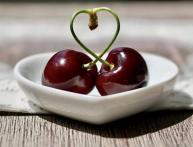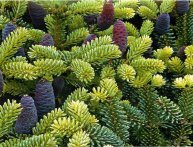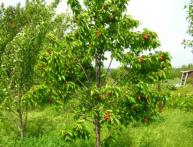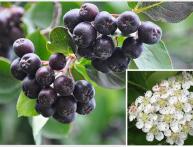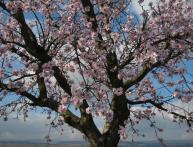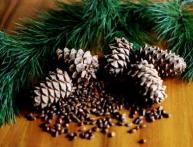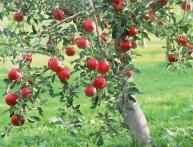Horse chestnut in the photo during the flowering period
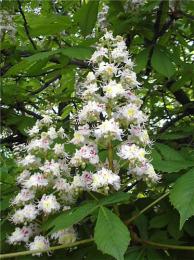
You can often see horse chestnut in photos. His used for landscaping parks and squares. I wonder what its history is and what useful properties it has.
Horse chestnut came to us from far away, Asia Minor, and grows up to 30 meters in height. The flowers have a red or yellow tint, five of which have white petals. The fruits ripen in spiny capsules and are dark brown in color. During flowering, horse chestnuts emit a pleasant aroma. Pigs and goats liked chestnut seeds very much. Because they have a specific bitterness. The root system is located close to the surface. Sensitive to soil compaction, on the streets you can often see raised asphalt with roots. Grows well in both sun and shade. Resistant to cold winters.
Demanding on the presence of nutrients in the soil. It is preferable to fertilize with loamy substrates containing limestone. Sometimes you can add organic matter.
Grows well in moist soil. Droughts have a negative impact. Flowering in May, the floors ripen in September - October. Propagated by seeds.
The trees were named by the Turks. In ancient times, they gave chestnuts to tired horses during long marches. After which the horses returned to normal and continued on their way. Chestnuts gave strength to animals.
The seeds are used in medicine. They are collected in early - mid-autumn, during the period when the seeds are freed from the shell. The bark, which is removed in the spring, has healing properties.
Horse chestnut is very rich in beneficial properties. It is used to make medicines against vascular fragility and the treatment of venous insufficiency.
Horse chestnut in the photo everyone knows in the photo. The flowering period delights in beauty.

